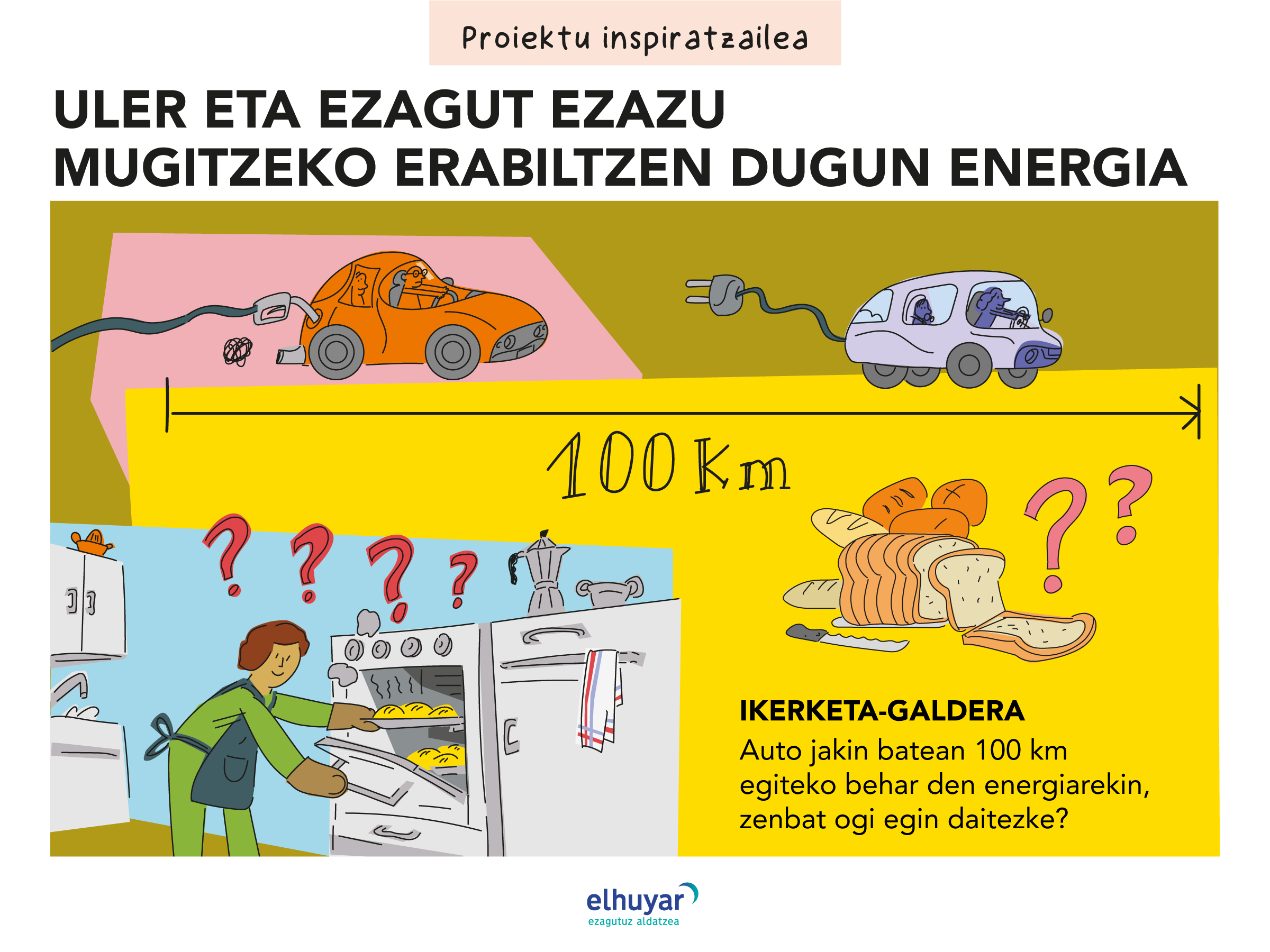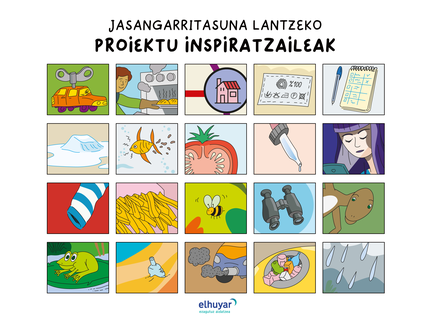Inspiring project: with the energy needed to travel 100 km in a car, how many loaves can be made?
2024/03/20 STEAM-Hezkuntza (Elhuyar Zientzia)

Debates of the European Parliament
Energy consumption of transport
Context
Transportation is one of the most energy-intensive activities in the world. Transport using more efficient and less polluting technologies is more efficient than transport using fossil fuels and can help reduce the energy footprint and protect the environment (such as electric cars). But, in addition to the energy needed to move the vehicle, we must take into account the energy needed to generate the fuel or electricity used.
On the other hand, the usual activities that consume the most energy in our homes include lighting, heating and cooling systems and kitchen appliances. Ovens, for example, help prepare sweet foods and recipes, but consume a lot of energy. Therefore, when purchasing a household appliance, it is important to take into account the labels that indicate its efficiency in energy consumption (A++, A++, A+, A+, A, B, C, D).
It is therefore important to learn how to use responsibly and efficiently the means of transport and household appliances we use, by selecting the most efficient options and adopting habits that minimise their impact on the environment.
Research question
With the energy you need to travel 100 kilometers in a certain car, how many loaves can you make?
Research objectives
- Analysis of the energy we consume for daily transportation.
- Promote reflection on energy consumption and sustainable transport.
- Know the units related to energy and learn how to transform them.
- To know about other actions that consume energy in daily life.
Experimentation proposal
- Collect and analyse information on the energy consumption of means of transport and household appliances.
- Choose the transport to be studied and calculate the energy consumed by each to travel a certain distance (e.g. 100 km). It is important to analyse energy as a whole, i.e. to consider direct energy consumption and indirect energy consumption as the fuel or energy needed to generate energy.
- Analyse the amount of energy needed to produce bread (other food may be chosen) in conventional household furnaces. Other actions such as the energy consumption of the laundry can also be analyzed.
- Calculate the amount of bread that can be made in the house oven with the energy consumed to travel 100 km with each type of transport and compare the results.
- Results and conclusions: to analyze all data obtained (bibliographic and experimental) and to draw conclusions.
- Communication: the results can be disseminated in different ways, such as hanging the report and/or video of the project on the web and social networks of the center, making panels for an exhibition and placing them in the center/village, organizing lectures (for students, parents…), presenting the project in a scientific fair…
Keys to reflection
- The origin of the fuels we consume and the energy consumed in production.
- Electricity for charging electric car batteries. Is this electricity completely “clean”?
- Are the energy needs to move the same everywhere? Towns vs Cities, Europe vs Africa…
- Energy efficiency of household appliances: A+++, A++, A+, A+, B, C and D.
To see more projects, click here.
This project, promoted by Elhuyar, has the collaboration of the Department of Economic Promotion and Strategic Projects of the Provincial Council of Gipuzkoa.

Gai honi buruzko eduki gehiago
Elhuyarrek garatutako teknologia






